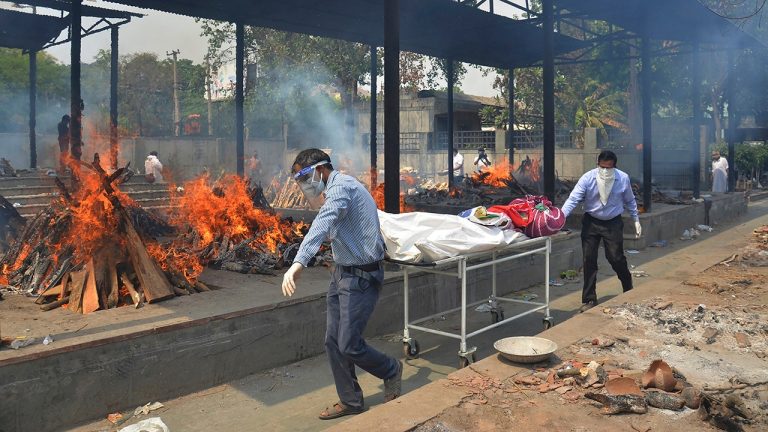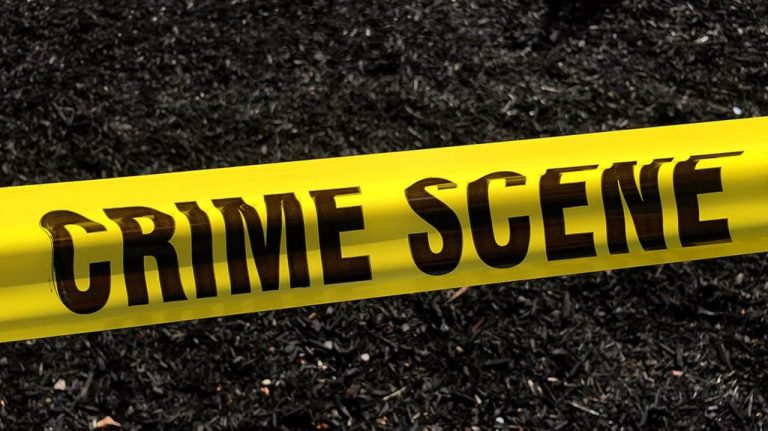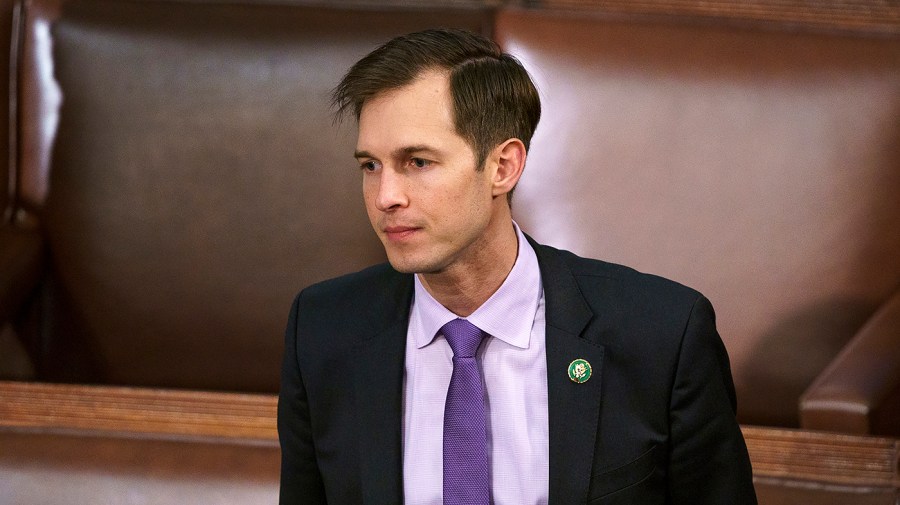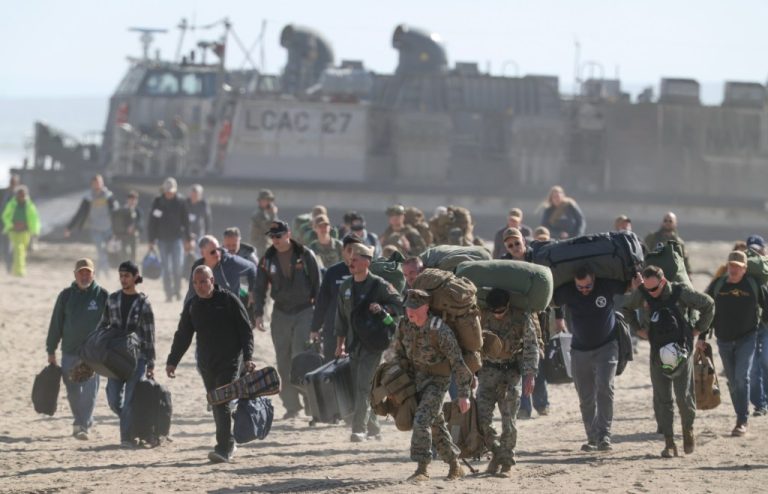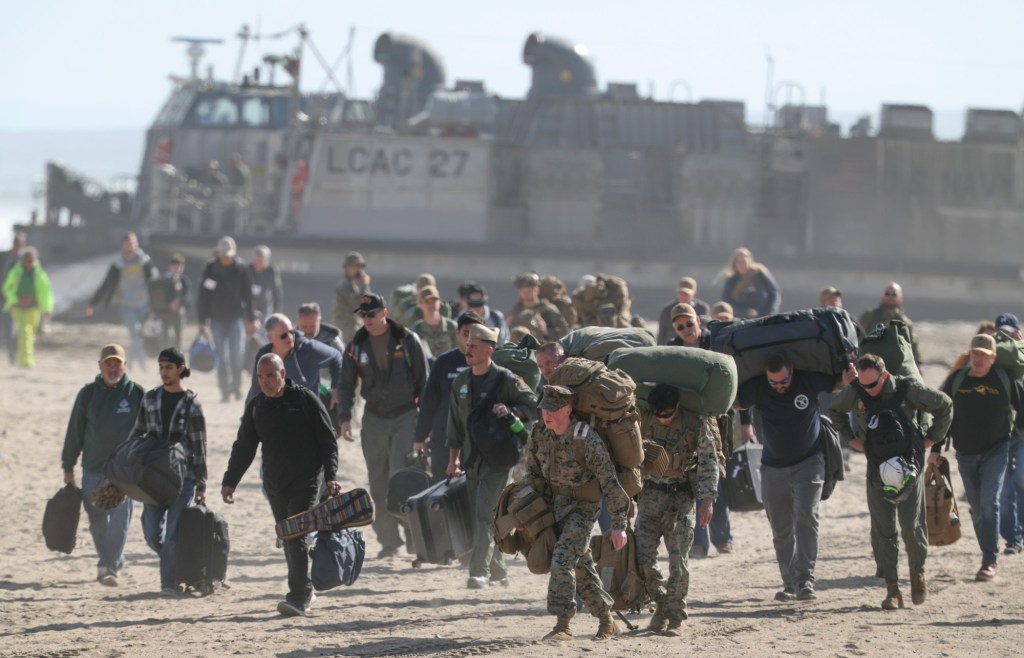
With Thanksgiving less than a week away, 1,300 Marines came ashore Saturday at Camp Pendleton, wrapping up a deployment to the Indo-Pacific that included the first overseas testing of a new personnel carrier.
Big, billowy air-cushioned landing craft shuttled the Marines from the assault ship USS Boxer offshore to Red Beach, one of the most important amphibious training areas in the Marine Corps.
The returning “devil dogs” represent about half of the 15th Marine Expeditionary Unit, a crisis response force that was deeply involved in Operation Enduring Freedom and Operation Iraqi Freedom.
The Boxer is scheduled to sail into San Diego Bay on Sunday, finishing a deployment that got underway late due to mechanical problems.
“I’m glad we made it home for Thanksgiving and the other holidays coming up,” said Lance Cpl. Eric Lyons. “I’m looking forward to seeing my family.”
Sgt. Jackson Bauer, who was standing nearby, said, “It’s nice to be back on solid ground and to have a cell signal again.”

The Marines traveled far and wide aboard the Boxer, visiting such distant spots as the Philippines, India and Japan, mostly to conduct joint exercises with other countries.
History unfolded in the Philippines and two other spots when the Marines tested their new Amphibious Combat Vehicle (ACV) for the first time outside U.S. waters.
The eight-wheeled, ship-to-shore armored personnel carrier is capable of providing fire support while moving through the water. It was designed to replace the corps’ Assault Amphibious Vehicle (AAV), which dates to the 1970s.
The Navy and Marines are anxious to see the end of the AAV. Just over two years ago, one of the AAVs broke down and sank near San Clemente Island, killing eight 15th MEU Marines and a sailor while they were traveling to the amphibious transport dock Somerset.
Five military commanders who were found to bear some responsibility for the accident were issued letters of censure by Navy Secretary Carlos Del Toro.
The open-ocean ACV testing done in recent months drew generally high remarks Saturday from Col. Sean P. Dynan, commanding officer of the 15th MEU.
“We had the opportunity to do live-fire afloat, operations ashore, and then an amphibious assault with the ACV,” Dynan told The San Diego Union-Tribune.
“It went well. I think we learned a lot of the things we needed to learn to operate the vehicle, to operate as a team with the ship (commanding officer), the crew, and the ACV’s coming ashore.”
Saturday’s homecoming ended a busy week for the local military. On Monday, the San Diego-based aircraft carrier USS Carl Vinson deployed to the Indo-Pacific, where it will replace another San Diego carrier, the USS Abraham Lincoln, which is expected to reach San Diego Bay within the next two weeks. The Lincoln was in Malaysia on Saturday.
Originally Published:










